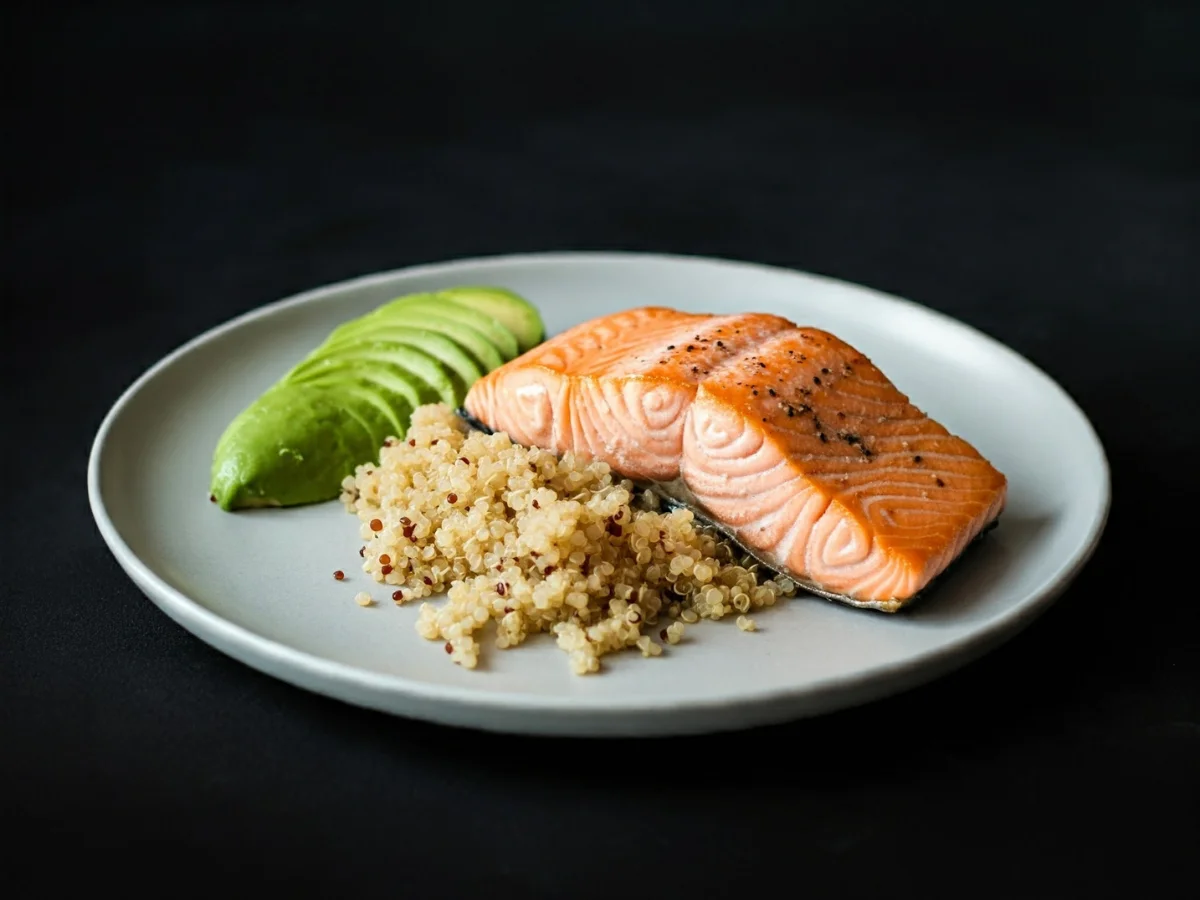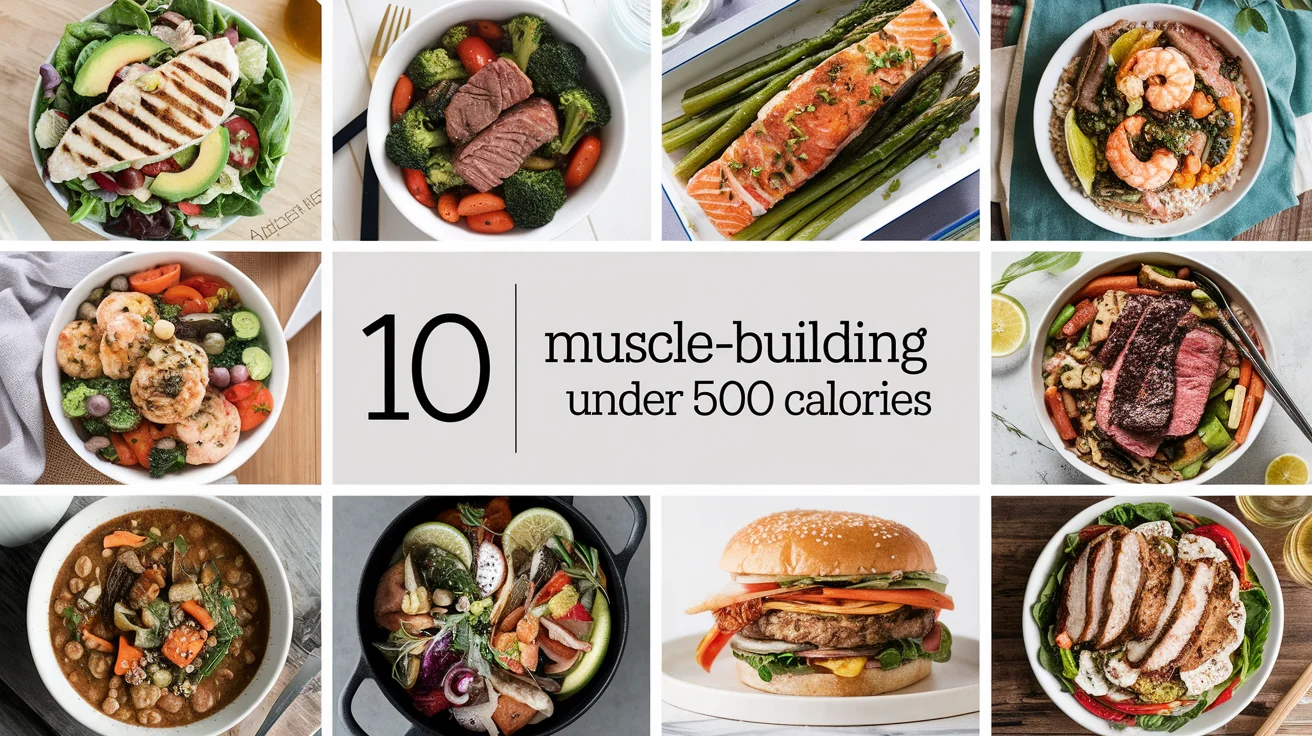Top 5 Muscle-Building Foods You Should Eat Daily
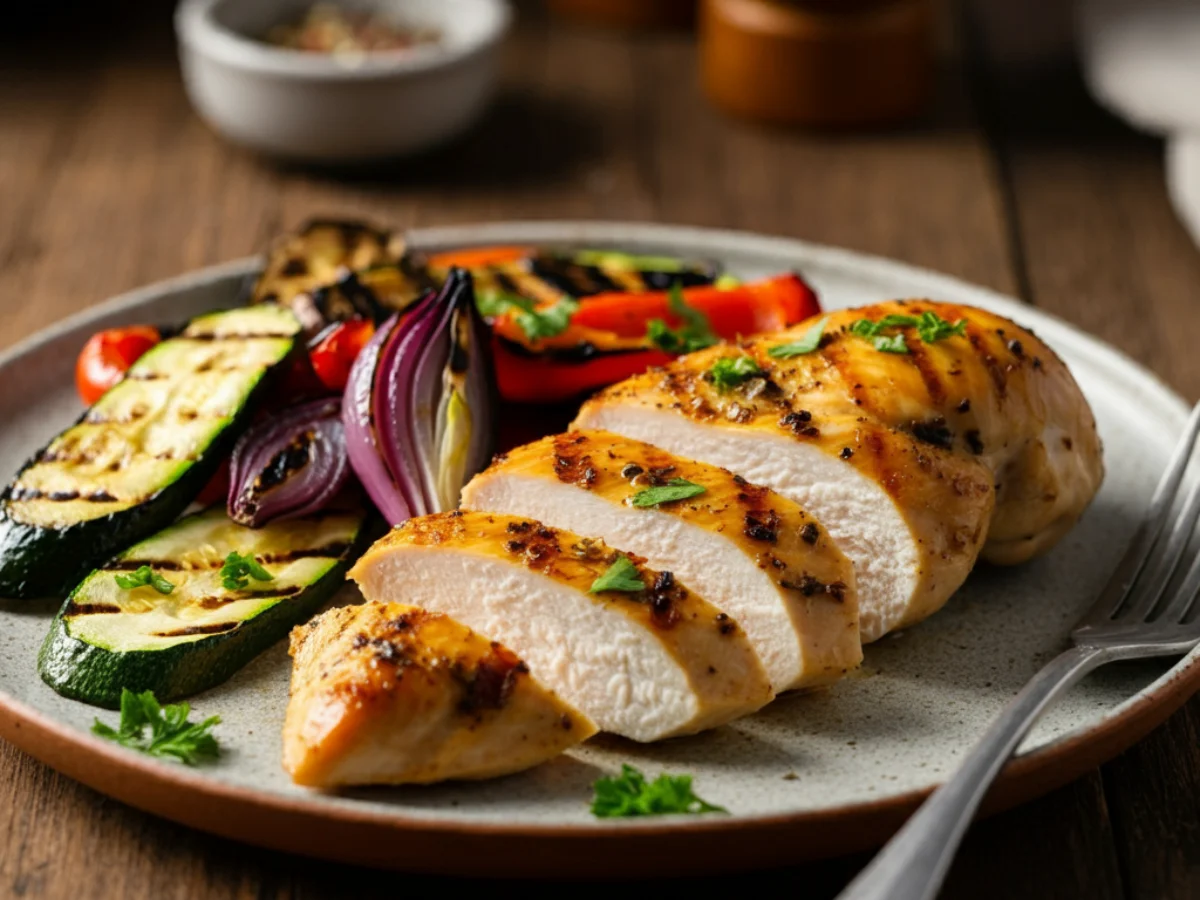
Building muscle isn’t just about lifting heavy weights or spending countless hours at the gym. Your diet plays a crucial role in fueling muscle growth, repair, and recovery. Including the right foods in your daily diet can significantly enhance your results, helping you pack on lean muscle faster and more efficiently. In this article, we’ll cover the top 5 muscle-building foods that should be part of your daily nutrition plan.
1. Chicken Breast
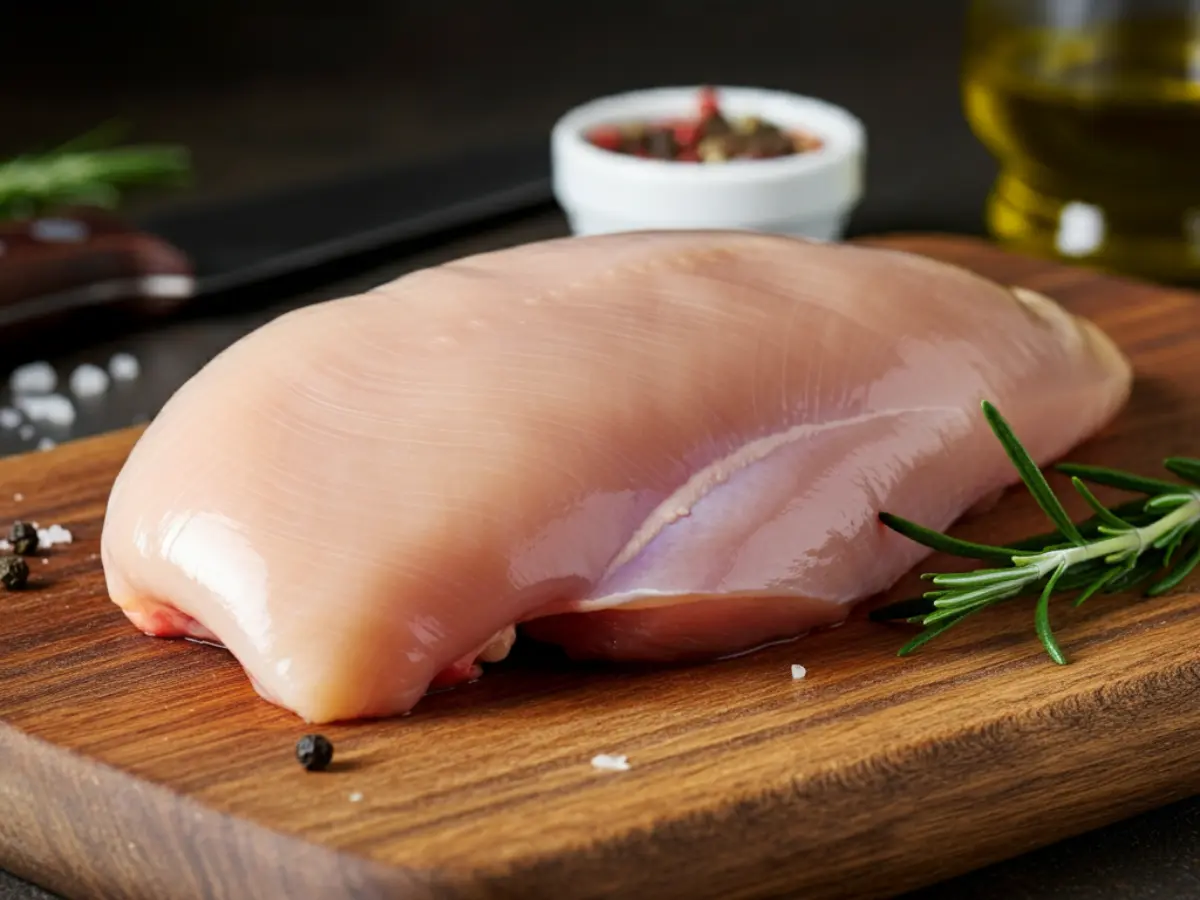
Chicken breast is a staple in the world of muscle building—and for good reason. It’s a lean source of high-quality protein, which is essential for repairing muscle tissues and promoting growth. Each 100 grams of chicken breast provides approximately 31 grams of protein and minimal fat, making it perfect for those who want to gain muscle without adding extra body fat.
Why It’s Great for Muscle Growth:
- High Protein Content: Protein is the building block of muscle, and chicken breast provides a hefty dose.
- Low in Fat: Keeps calorie intake in check while providing sufficient protein.
- Versatile and Easy to Prepare: It can be grilled, baked, or stir-fried with various seasonings to avoid monotony.
Tips for Including Chicken Breast in Your Diet:
- Grill chicken breast and slice it for salads or wraps.
- Marinate with herbs and spices for added flavor without extra calories.
- Incorporate it into meal-prep recipes for easy weekday meals.
2. Eggs
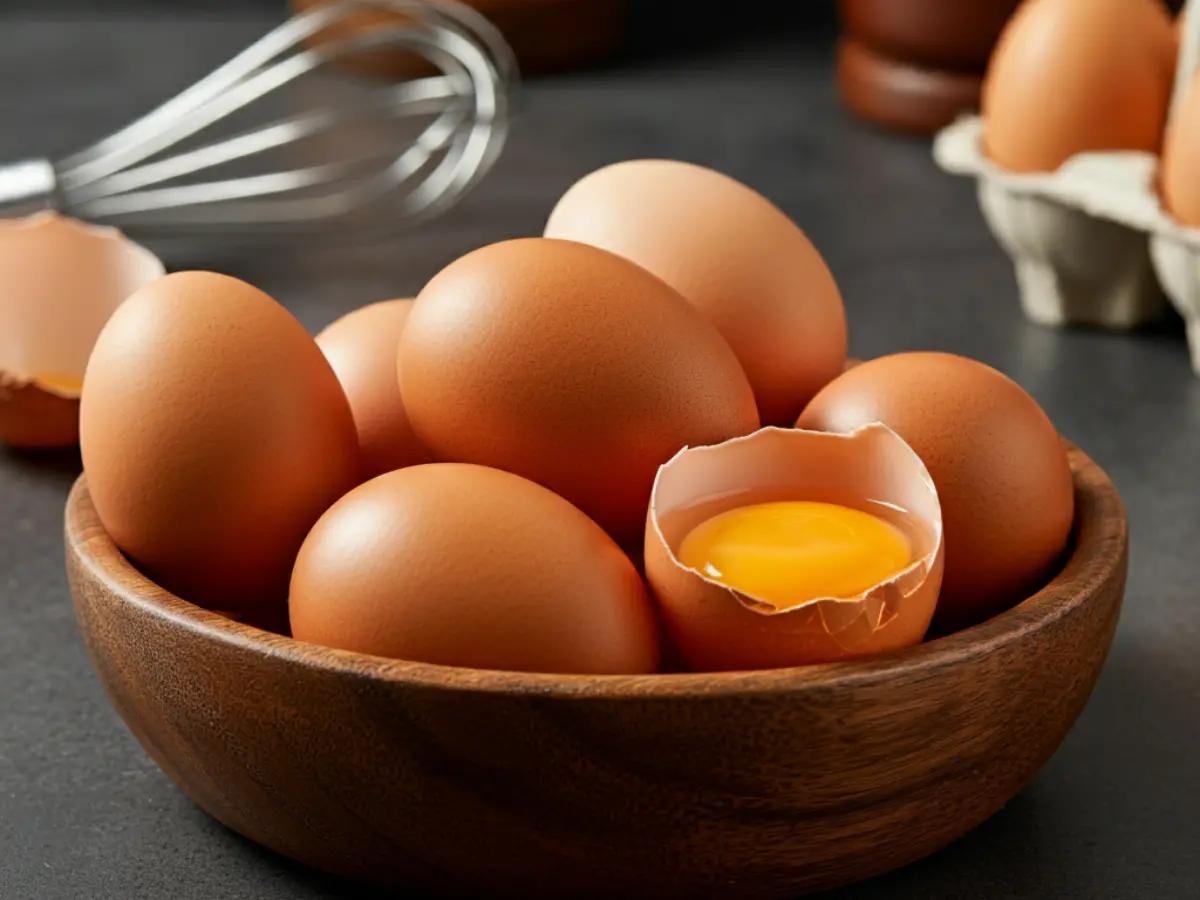
Eggs are often referred to as nature’s multivitamin because they are loaded with essential nutrients that support muscle building. Each egg contains about 6 grams of high-quality protein, as well as healthy fats, vitamins, and minerals. The yolk is particularly nutrient-dense, providing important muscle-supporting nutrients like vitamin D and omega-3 fatty acids.
Benefits for Muscle Growth:
- Complete Protein Source: Eggs contain all nine essential amino acids needed for muscle repair.
- Rich in B Vitamins: B vitamins, such as B12, are vital for energy production, which is crucial during intense workouts.
- Healthy Fats in the Yolk: These fats support hormone production, including testosterone, which is important for muscle development.
How to Eat Eggs for Muscle Gain:
- Start your day with scrambled eggs or an omelet packed with vegetables.
- Boil a batch of eggs and keep them in the fridge for a quick, protein-rich snack.
- Add raw eggs to smoothies or protein shakes for an extra protein boost.
3. Greek Yogurt
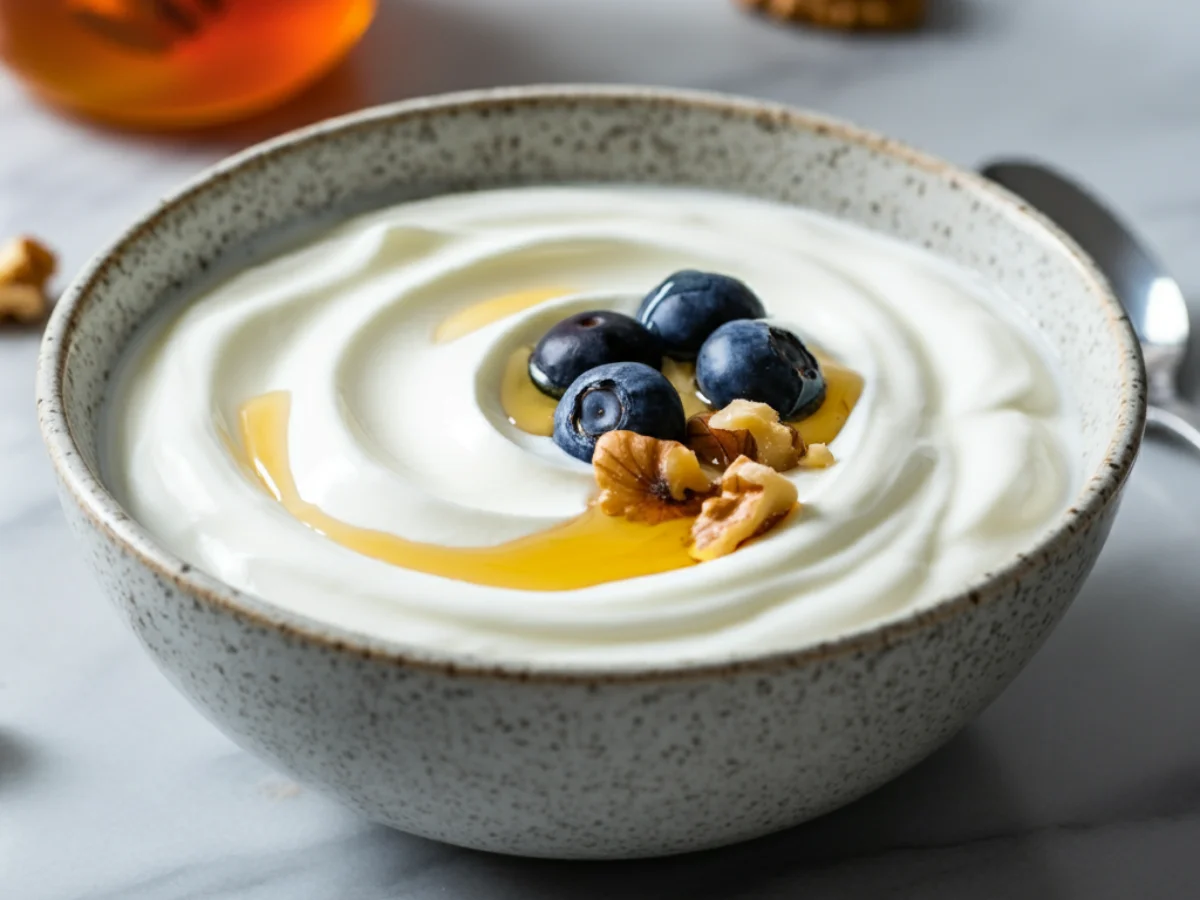
Greek yogurt is not only delicious but also packed with protein. In fact, it contains almost double the protein of regular yogurt due to the straining process. A typical serving (about 200 grams) provides around 20 grams of protein and is also rich in probiotics, which can help improve digestion and nutrient absorption—key factors in muscle recovery.
Why Greek Yogurt Stands Out:
- High Protein-to-Carb Ratio: Supports muscle repair while keeping carbs in check.
- Casein and Whey Protein Blend: Offers a mix of slow-digesting and fast-digesting proteins, making it ideal for any time of day.
- Great for Post-Workout Recovery: The protein content helps in muscle repair, while the carbs help replenish glycogen stores.
Ways to Enjoy Greek Yogurt:
- Mix with berries and nuts for a nutrient-rich snack.
- Use as a base for protein-packed smoothies.
- Add it to recipes as a healthy substitute for sour cream or mayonnaise.
4. Salmon
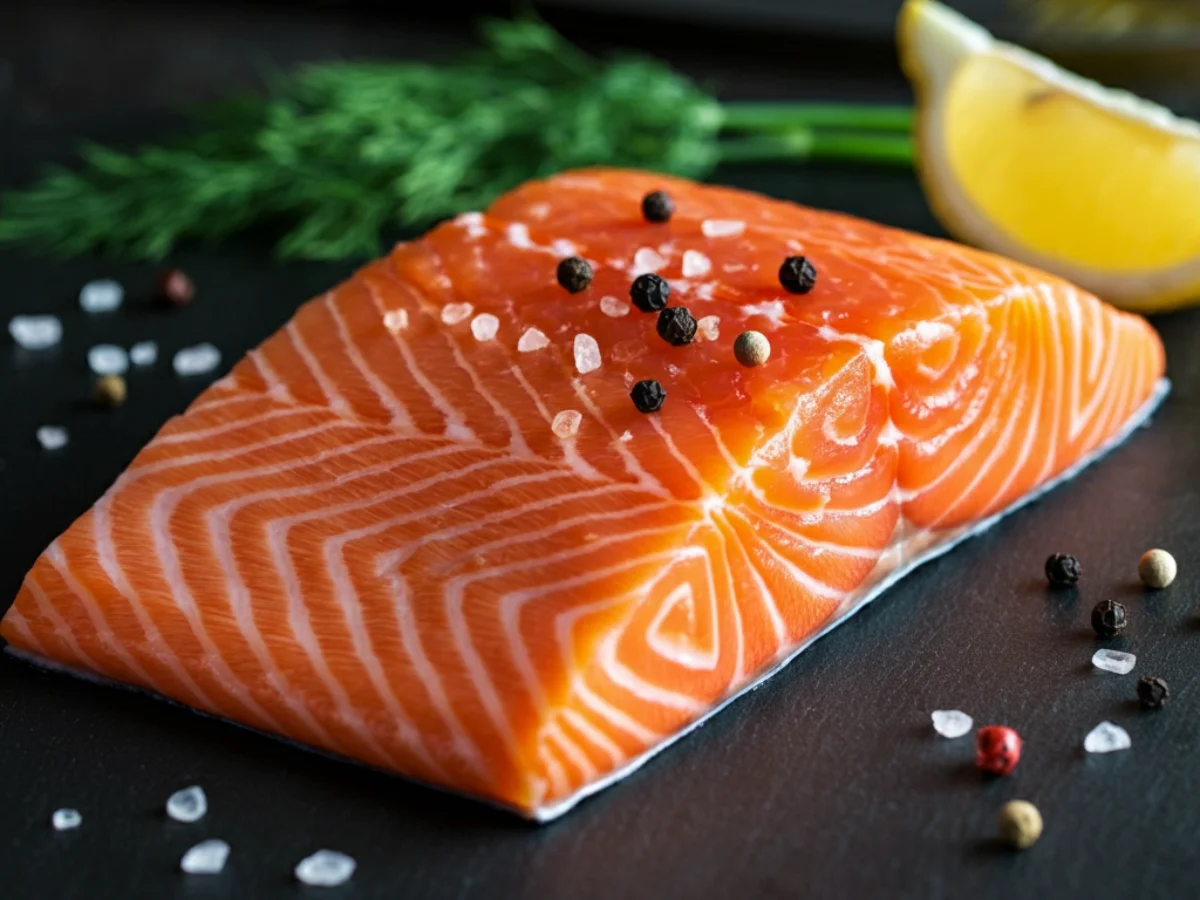
Salmon is a powerhouse food for muscle building, thanks to its combination of high-quality protein and omega-3 fatty acids. The omega-3s in salmon play a vital role in reducing muscle inflammation, which can improve recovery time after tough workouts. Additionally, the healthy fats in salmon support heart health and joint function, which are important for overall fitness and performance.
Muscle-Building Benefits of Salmon:
- Rich in Protein and Omega-3s: Aids in muscle repair and reduces muscle breakdown.
- High Vitamin D Content: Supports muscle function and bone health.
- Anti-Inflammatory Properties: Helps with quicker recovery after exercise.
Tips for Incorporating Salmon into Your Diet:
- Grill or bake salmon with a side of vegetables for a balanced meal.
- Add smoked salmon to salads or sandwiches.
- Use canned salmon in place of tuna for a high-protein, omega-3-rich alternative.
5. Quinoa
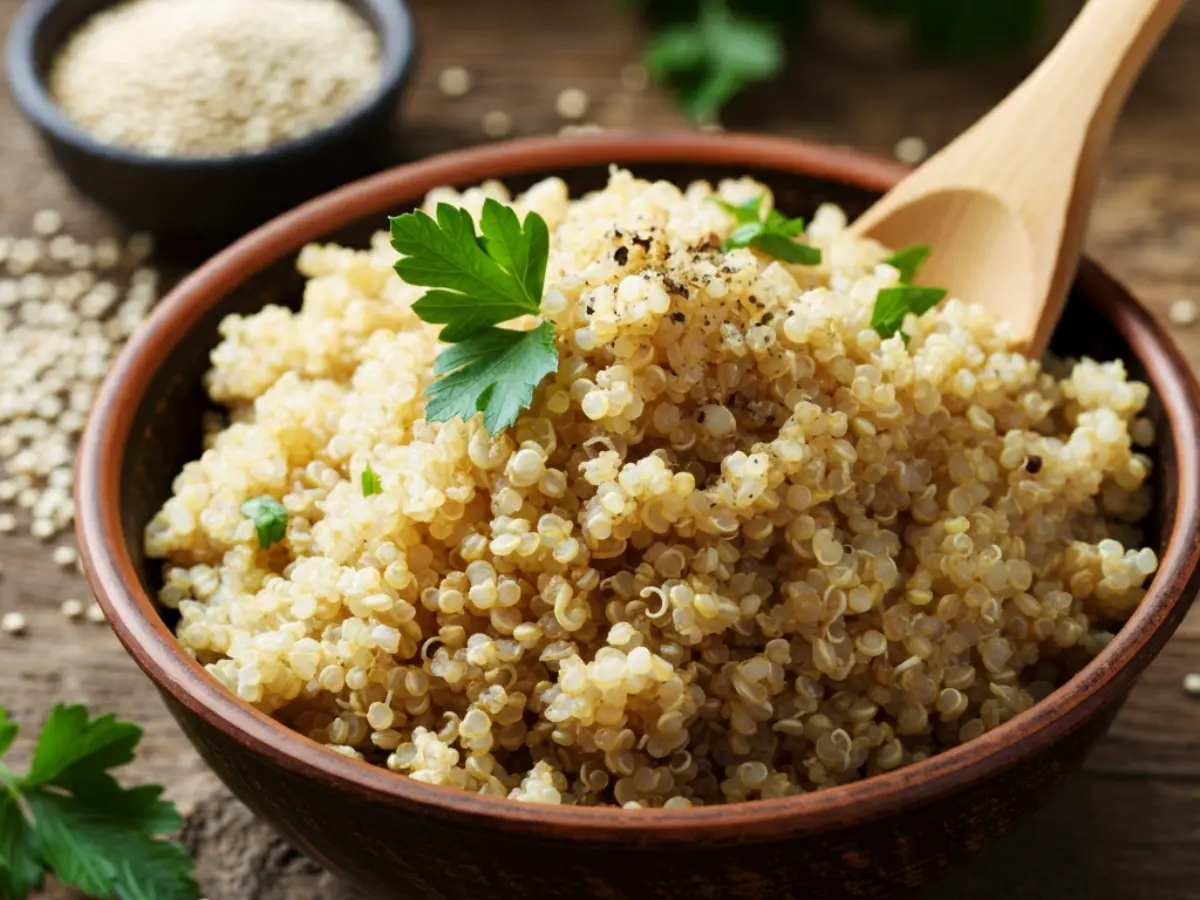
While most muscle-building foods focus on protein, complex carbohydrates are also crucial for energy and muscle recovery. Quinoa stands out because it’s a complete plant-based protein source, providing all nine essential amino acids, along with a good amount of complex carbs and fiber. This makes it an ideal food for vegetarians and vegans who are looking to build muscle.
Why Quinoa is a Must-Have:
- Complete Protein Source: Contains approximately 8 grams of protein per cup, along with essential amino acids.
- High in Magnesium: Supports muscle contraction and energy metabolism.
- Low Glycemic Index: Provides sustained energy without spiking blood sugar.
How to Include Quinoa in Your Diet:
- Cook quinoa as a side dish, or mix it with vegetables and lean protein for a complete meal.
- Add it to salads or soups for extra protein and texture.
- Use quinoa flour in baking to increase the nutritional value of your snacks.
FAQs
1. How much protein do I need daily to build muscle?
The general recommendation is about 1.2 to 2.2 grams of protein per kilogram of body weight. For optimal muscle growth, aim for the higher end of this range, especially if you’re engaging in intense weight training.
2. Can I build muscle without eating animal products?
Yes, it’s possible to build muscle on a plant-based diet. Focus on high-protein plant foods such as quinoa, lentils, tofu, and legumes, and consider using plant-based protein supplements if needed.
3. Is it necessary to eat protein right after a workout?
While it’s beneficial to consume protein within 30-60 minutes post-workout to support muscle repair, your total daily protein intake is more important than precise timing.
4. What’s the role of carbs in muscle building?
Carbohydrates help replenish muscle glycogen, providing the energy needed for workouts and muscle recovery. Pairing protein with carbs post-workout can enhance muscle repair.
5. Are protein supplements necessary for muscle growth?
Not necessarily. While protein supplements can help you reach your daily protein goals, they aren’t a must if you can get enough protein from whole foods.
Conclusion
Building muscle is about more than just hitting the gym hard—it’s also about what you put on your plate. Including these top 5 muscle-building foods in your daily diet can help you achieve your muscle gain goals more effectively. Remember, consistency is key, and combining a balanced diet with a well-structured workout plan will give you the best results. So, stock up your kitchen with these nutritious foods and get ready to make those gains!
